Home>Interior Design>How Do I Make The Most Of Space In My Small Living Room?
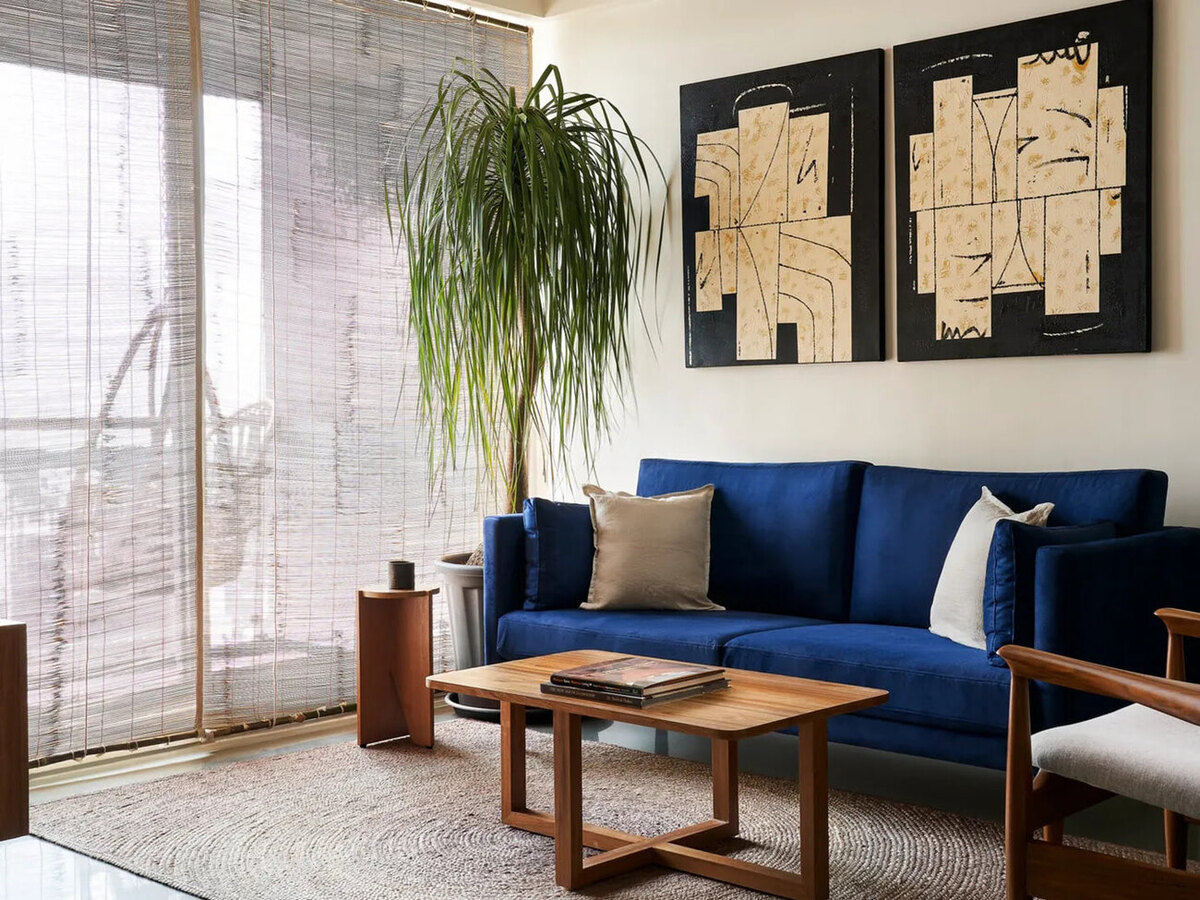

Interior Design
How Do I Make The Most Of Space In My Small Living Room?
Modified: January 20, 2024
Discover expert tips on interior design to maximize space in your small living room. Transform your space with innovative solutions and create a stylish and functional area for relaxation and entertainment.
(Many of the links in this article redirect to a specific reviewed product. Your purchase of these products through affiliate links helps to generate commission for Storables.com, at no extra cost. Learn more)
Introduction
When it comes to small living rooms, the challenge lies in making the most of the limited space available. Whether you live in a cozy apartment or have a compact living area in your home, strategic design choices can help create an open and inviting atmosphere. By optimizing your space, you can maximize functionality without sacrificing style.
Assessing your space limitations is the first step in creating a well-designed small living room. Start by measuring the dimensions of the room to understand its size and shape. This will help you choose furniture and décor that fit seamlessly into the space. Additionally, take note of any architectural features, such as windows, doors, or pillars, which may restrict your layout options.
Choosing the right furniture is crucial in optimizing a small living room. Look for multi-functional furniture options that serve dual purposes. For example, a sofa bed or a futon can be used for seating during the day and transform into a bed at night for guests. Similarly, coffee tables with hidden compartments provide extra storage space for blankets, magazines, or other items.
Maximizing vertical space is another effective technique for expanding the perceived size of a small living room. Utilize wall shelves and floating shelves to display decorative items or store books and DVDs. Hanging artwork and mirrors strategically can also create an illusion of space by reflecting light and visually expanding the room. Consider incorporating tall bookcases or cabinets to optimize storage space.
Creating an illusion of space is a key aspect of small living room design. Light and neutral colors can make a room appear larger and brighter. Opt for shades of white, cream, or pastels to create an airy and open feel. Proper lighting techniques also play a vital role in making a space look more spacious. Use a combination of overhead lighting, task lighting, and accent lighting to create depth and eliminate shadows.
One of the oldest tricks in the book for making a room seem larger is to install large mirrors. Mirrors reflect light and create the illusion of depth, making a small living room appear more expansive. Place mirrors strategically across from windows or in areas that can reflect natural light to maximize their effect.
Decluttering and organizing your small living room is essential for maintaining a spacious and clutter-free environment. Get rid of unnecessary items and only keep what you truly need. Implement effective storage systems, such as baskets, bins, or ottomans with hidden compartments, to keep things organized and out of sight. Utilize hidden storage spaces, such as under the sofa or behind doors, to make the most of every inch of your living room.
Utilizing every corner of your small living room is a smart approach to increase storage and functionality. Install corner shelves or cabinets to utilize those often neglected spaces. You can also consider incorporating a corner desk or workspace for added versatility. Small accent pieces, such as ottomans, side tables, or floor lamps, can help fill empty corners while adding a touch of style.
Lastly, incorporating smart technology into your small living room can enhance its functionality while saving space. Use smart home automation systems to control lighting, temperature, and entertainment devices with ease. Consider utilizing space-saving gadgets and devices, such as wall-mounted TVs or wireless speakers, to minimize clutter and maximize functionality.
By following these tips and techniques, you can create a well-designed and functional small living room that utilizes every inch of available space. Remember to embrace creativity and think outside the box when it comes to optimizing your living area. With the right design choices, even the smallest living room can become a cozy and stylish oasis.
Key Takeaways:
- Maximize space in small living rooms by choosing multi-functional furniture, utilizing vertical space, and creating an illusion of space with light colors, mirrors, and proper lighting techniques.
- Keep small living rooms organized and clutter-free by utilizing hidden storage, incorporating smart technology, and making use of every corner for functional and stylish solutions.
Read more: How Can I Make My Small Living Room Cozy?
Assessing your space limitations
Determining the size of your living room and identifying potential obstacles or restrictions is crucial when it comes to optimizing the space. By understanding the dimensions and limitations of your living room, you can make informed decisions about furniture placement and design choices.
Start by measuring the length and width of your living room using a tape measure. Take note of any architectural features such as windows, doors, or pillars that may impact your layout options. These measurements will serve as the foundation for creating a well-proportioned and functional space.
Once you have the measurements, you can visualize how different furniture arrangements will work within the space. Consider the size and scale of your existing furniture or the furniture you plan to purchase. Will a large sofa overwhelm the room? Can you fit additional seating options such as armchairs or ottomans without making the space feel cramped?
In addition to size considerations, identify any potential obstacles or restrictions that may affect your living room layout. For example, a radiator or heating vent may limit furniture placement options. Electrical outlets and cable connections for your TV or entertainment system should also be taken into account when planning the layout.
Furthermore, pay attention to the flow of traffic within the room. Ensure that there is enough space for people to move freely without any hindrances. Consider how doors swing open and how they may impact furniture placement. It’s important to have a clear path throughout the room that allows for easy movement and accessibility.
Another aspect to consider when assessing your space limitations is the natural lighting in the room. Take note of the positions of windows and how the light enters the space. This will help you determine where to place furniture to maximize natural light, as well as where to incorporate lighting fixtures to supplement the natural light during darker hours.
By determining the size of your living room and identifying any potential obstacles or restrictions, you can effectively plan and optimize the space. This process allows you to make informed decisions about furniture placement, layout, and design choices that will result in a well-designed and functional living room.
Choosing the right furniture
When it comes to designing a small living room, choosing the right furniture is essential. It can make a significant difference in maximizing space and functionality. Consider multi-functional furniture options, space-saving storage solutions, and optimal seating arrangements to create a well-designed and efficient living area.
One of the key considerations when selecting furniture for a small living room is finding pieces that serve multiple purposes. Opt for multi-functional furniture options that can be easily transformed or adapted to different needs. For example, a sofa bed or a futon can provide seating during the day and convert into a bed for guests at night. This not only saves space but also makes your living room more versatile.
In addition to multi-functionality, choose furniture pieces that offer built-in storage options. Space-saving storage solutions are crucial in small living rooms to minimize clutter and maximize organization. Look for coffee tables, ottomans, or side tables with hidden compartments where you can store blankets, magazines, or other small items. Utilize shelving units or bookcases with built-in drawers or cabinets to store books, DVDs, or electronics.
When it comes to seating arrangements, consider the layout and flow of your small living room. Optimal seating arrangements vary depending on the size and shape of the room. In some cases, a small sectional sofa or a modular seating system may work well to maximize seating capacity in a limited space. Alternatively, a combination of a compact sofa and compact armchairs can provide flexibility and accommodate different seating needs.
Another seating option that can be advantageous in small living rooms is using ottomans or poufs. These versatile pieces can serve as extra seating, footrests, or even coffee tables when topped with a tray. They can be easily moved around the room to accommodate different configurations and provide additional seating without taking up much space.
Consider the scale of the furniture in relation to the size of your living room. Avoid bulky, oversized pieces that will overpower the space. Instead, opt for sleek and streamlined furniture with slender frames. This creates a visually lighter and more spacious feel to the room.
Lastly, think about the arrangement of furniture in relation to focal points such as the television or fireplace. Arrange seating in a way that allows for comfortable viewing or conversation. Consider alternative options for arranging furniture, such as floating the sofa away from the walls or using a diagonal placement to create a more dynamic and visually interesting layout.
By choosing the right furniture for your small living room, you can optimize space, enhance functionality, and create a visually appealing and comfortable environment. Incorporate multi-functional furniture options, space-saving storage solutions, and strategic seating arrangements to make the most of your limited space.
Maximizing vertical space
In a small living room, maximizing vertical space is a smart strategy to make the most of the available area. By utilizing the walls effectively, you can create additional storage, enhance visual interest, and make the room appear larger. Consider incorporating wall shelves, floating shelves, hanging artwork and mirrors strategically, and incorporating tall bookcases or cabinets.
One of the easiest ways to maximize vertical space is by installing wall shelves or floating shelves. These shelves can be mounted on the walls, providing storage and display space for books, decorative items, plants, or other belongings. Opt for slim and minimalist designs to minimize visual clutter and provide a sense of openness. Place the shelves at varying heights to add depth and create visual interest.
Hanging artwork and mirrors strategically is another effective technique to maximize vertical space. Artwork and mirrors draw the eye upward, creating a sense of height and expansiveness. Hang artwork or mirrors above seating areas or on walls that appear visually empty. This not only utilizes vertical space but also adds personality and style to the room. Choose pieces that complement the overall design aesthetic and scale them appropriately to the size of your living room.
Incorporating tall bookcases or cabinets is another way to optimize vertical space in a small living room. These vertical storage solutions offer ample space for books, decorative items, and storage bins. Look for bookcases or cabinets that have a slim profile to minimize their footprint in the room. Place them against a wall or in a corner to make the most of the available vertical space. You can also use the top of the bookcase or cabinet as an additional display area for decorative objects or plants.
Consider combining different vertical space optimization techniques to create a cohesive and visually appealing arrangement. For example, you can install wall shelves next to a tall bookcase or cabinet to create a stylish and functional storage wall. Hang artwork or mirrors above the shelves and incorporate decorative items or plants on the shelves to add personality and visual interest.
When utilizing vertical space, it’s important to keep the overall balance and proportion of the room in mind. Avoid overcrowding the walls and be mindful of the visual weight of the objects you are incorporating. Maintain a sense of openness and avoid overwhelming the space with excessive decorations or shelves.
By maximizing vertical space through the use of wall shelves, floating shelves, strategic artwork and mirrors, and tall bookcases or cabinets, you can effectively optimize storage, create visual interest, and make your small living room appear more spacious and inviting.
Creating an illusion of space
In a small living room, creating an illusion of space is essential to make the room feel more open and spacious. By utilizing certain design techniques, you can visually expand the room and create a light and airy atmosphere. Consider using light and neutral colors, implementing proper lighting techniques, and installing large mirrors to create the illusion of space.
One of the most effective ways to make a small living room appear larger is by using light and neutral colors on the walls, floors, and furniture. Light colors such as white, cream, beige, or pastel shades reflect more light, making the room feel brighter and more expansive. These colors also create a sense of airiness and openness. Avoid dark colors that can make the space feel smaller and more enclosed.
Proper lighting techniques play a crucial role in creating an illusion of space. The right lighting can make a significant difference in how a room feels and looks. Incorporate a combination of different lighting sources, such as overhead lights, task lighting, and accent lighting, to create layers of light. This helps to eliminate shadows and create depth in the room. Use adjustable light fixtures or lamps to direct light where it is needed and to create focal points.
One of the oldest tricks in the book for making a room seem larger is to install large mirrors. Mirrors have the power to visually expand a space by reflecting light and creating the illusion of depth. Place a large mirror on a focal wall or opposite a window to maximize the effect. Not only do mirrors make the room feel bigger, but they also add a decorative element to the space. Choose a stylish mirror that complements the overall design aesthetic of your living room.
Another technique for creating an illusion of space is to minimize clutter and keep the room organized. Clutter can make a small living room feel chaotic and cramped. Keep surfaces clear and utilize storage solutions to keep belongings out of sight. Utilize hidden storage options such as ottomans, nested tables, or entertainment units with built-in cabinets. A clutter-free room instantly feels more open and spacious.
Consider the layout of your furniture and ensure it doesn’t obstruct natural pathways or block light. Allow for sufficient space between furniture pieces to create a sense of flow and openness. Additionally, choose furniture with legs or raised bases to create a sense of openness and to allow light to pass underneath.
By incorporating light and neutral colors, implementing proper lighting techniques, installing large mirrors, and keeping the room organized and clutter-free, you can create a visually spacious and inviting atmosphere in your small living room. These design techniques work together to maximize the perceived size of the room and create a comfortable and open living space.
Consider using multi-functional furniture such as a sofa bed or a coffee table with storage. Utilize vertical space with wall-mounted shelves and opt for light, neutral colors to create a sense of openness.
Decluttering and organizing
Decluttering and organizing are essential steps in maximizing the space and functionality of a small living room. By getting rid of unnecessary items and implementing effective storage systems, you can create a clean and organized environment that feels spacious and inviting. Utilizing hidden storage spaces is also key to keeping the room clutter-free and maintaining a seamless design aesthetic.
Start by going through your living room and identifying items that are no longer needed or used. Be honest with yourself and let go of things that are simply taking up space. This can include old magazines, broken or unused items, or pieces of furniture that no longer serve a purpose. Clearing out these unnecessary items will instantly create more room and a sense of openness.
Implementing effective storage systems is crucial in a small living room. Look for furniture pieces that offer built-in storage options, such as coffee tables with hidden compartments or ottomans with storage space inside. These versatile pieces serve double duty by providing a place to sit or rest your feet while also offering a convenient spot to tuck away blankets, pillows, or other items. Consider investing in shelving units, cabinets, or bookcases that make the most of vertical space and provide ample storage for books, DVDs, or electronics.
Utilizing hidden storage spaces is another effective way to keep your small living room clutter-free. Look for opportunities to incorporate hidden storage throughout the room. For example, opt for a TV stand or entertainment unit with built-in cabinets or drawers to store media equipment, cables, or remote controls. Choose furniture with hidden compartments or lift-up tops to hide away items that are not frequently used. Additionally, make use of under-sofa storage by using low-profile containers or bins to store extra pillows, blankets, or seasonal items.
When organizing your small living room, give careful consideration to keeping surfaces clear and uncluttered. Find a designated spot for frequently used items, such as remote controls or magazines, so they don’t clutter up the coffee table or side tables. Utilize decorative baskets or storage containers to corral smaller items and keep them organized.
Labeling and categorizing items can also aid in the organization process. Use labeling systems on shelves or inside cabinets to easily identify the contents of each storage space. Sort items into categories such as electronics, books, or toys, and store them accordingly. This makes it easier to find specific items when needed and maintains a tidy and organized living room.
By decluttering and organizing your small living room, you create a harmonious and functional space that feels more open and relaxing. Getting rid of unnecessary items, implementing effective storage systems, and utilizing hidden storage spaces are key steps in maintaining a clutter-free and visually appealing living area.
Utilizing every corner
When dealing with a small living room, it’s important to make use of every corner to optimize space and functionality. By incorporating clever solutions and furniture pieces, you can transform even the smallest corners into valuable and purposeful areas. Consider utilizing corner shelves or cabinets, incorporating a corner desk or workspace, and incorporating small accent pieces to make the most of every corner.
Corner shelves or cabinets are excellent options for utilizing unused corners and maximizing storage space. These specially designed pieces fit seamlessly into corners, making them ideal for small living rooms. They provide additional storage and display areas for books, decorative items, or electronics. Look for corner shelves or cabinets that match the style and color scheme of your living room to create a cohesive and visually appealing arrangement.
If you require a workspace or a designated area for tasks such as working from home or pursuing hobbies, consider incorporating a corner desk or workspace. A corner desk utilizes the corner of the room efficiently and provides a dedicated space for work or creative endeavors. Look for a compact and ergonomic design that suits your needs and complements the overall aesthetics of your living room. You can also consider incorporating a wall-mounted desk or a fold-out desk that can be tucked away when not in use to save space.
In addition to functional furniture, incorporating small accent pieces is a smart way to utilize corners while adding visual interest and style. Place a small accent chair or a cozy reading nook in a corner to create a comfortable spot for relaxation. Adding a floor lamp or a small side table with a decorative lamp can enhance the ambiance and functionality of the corner. You can also incorporate potted plants, decorative baskets, or artwork to create a visually appealing display that makes the corner feel purposeful and inviting.
When designing your small living room, remember to consider the scale and proportion of the furniture and decorations you choose for the corners. Avoid overcrowding the corners with too many items, as this can make the room feel cramped. Instead, select pieces that fit comfortably within the space and maintain a sense of openness. Arrange the furniture in a way that allows for easy movement and accessibility throughout the room.
By utilizing corner shelves or cabinets, incorporating a corner desk or workspace, and incorporating small accent pieces, you can effectively make use of every corner in your small living room. These creative solutions not only optimize space but also add functionality and style to your living area. Embrace the potential of every corner and transform them into valuable and inviting spaces in your small living room.
Incorporating smart technology
In a small living room, incorporating smart technology can enhance both the functionality and efficiency of the space. By using smart home automation and space-saving gadgets and devices, you can optimize the limited space available while enjoying the convenience and modern features that technology has to offer.
One way to save space in a small living room is by utilizing smart home automation systems. Smart home automation allows you to control various aspects of your living room, such as lighting, temperature, and entertainment devices, with the touch of a button or through voice commands. By eliminating the need for multiple switches and remotes, you can declutter your living room and create a seamless and streamlined environment. Smart home automation also offers the flexibility to program your living room settings based on your preferences and schedule.
Another aspect of incorporating smart technology is utilizing space-saving gadgets and devices. These innovative solutions are designed to maximize functionality while minimizing the space they occupy.
For instance, consider using a wall-mounted TV instead of traditional TV stands or entertainment centers. A wall-mounted TV takes up minimal space and creates a clean and sleek look in your living room. You can also opt for a soundbar instead of separate speakers to reduce clutter while still enjoying high-quality audio.
Wireless speakers and headphones are other space-saving options that allow you to enjoy your favorite music or movies without the hassle of tangled wires or bulky equipment. These devices can be easily connected to your mobile devices, smart TVs, or other audio sources, offering a clutter-free and immersive sound experience.
Smart lighting systems can also contribute to optimizing space in a small living room. With the use of smart bulbs or strips, you can adjust the brightness and colors of your lights to create different moods and enhance the ambience without the need for multiple light fixtures. Furthermore, you can control the lights remotely or through voice commands, reducing the need for physical switches and creating a more streamlined look.
Integrating smart storage solutions is another way to incorporate technology while saving space. Smart storage systems, such as motorized lift mechanisms for TV consoles or hidden compartments in furniture, provide discreet and efficient storage options. These systems allow you to hide away items when not in use, maximizing space and maintaining a neat and organized living room.
When incorporating smart technology, it’s important to consider the compatibility and connectivity of the devices within your living room. Ensure that your devices can communicate with each other seamlessly and that they are compatible with the technology you choose. This will allow for a smooth user experience and the ability to control and automate various functions from a single platform or app.
By incorporating smart home automation and utilizing space-saving gadgets and devices, you can enhance the functionality and efficiency of your small living room. These technological advancements not only save space but also offer convenience, flexibility, and a modern touch to your living area.
Conclusion
Designing a small living room may pose a challenge, but with the right strategies and techniques, you can transform it into a functional and visually appealing space. By assessing your space limitations, choosing the right furniture, maximizing vertical space, creating an illusion of space, decluttering and organizing, utilizing every corner, and incorporating smart technology, you can make the most of your small living room.
Assessing the size of your living room and identifying any potential obstacles or restrictions sets the foundation for effective planning and design decisions. Choosing the right furniture is crucial in maximizing space and functionality. Look for multi-functional furniture options, such as sofa beds or ottomans with hidden storage, and consider optimal seating arrangements that suit the layout of your living room.
Maximizing vertical space is key in small living rooms. Incorporate wall shelves, floating shelves, and tall bookcases or cabinets to provide storage and display areas. Hanging artwork and mirrors strategically can create an illusion of space, while utilizing light and neutral colors and proper lighting techniques further enhance the openness and brightness of the room.
Decluttering and organizing your small living room is essential for maintaining a spacious and clutter-free environment. Get rid of unnecessary items, implement effective storage systems, and utilize hidden storage spaces to keep your living room organized and visually appealing.
Make use of every corner by incorporating corner shelves or cabinets, creating a corner desk or workspace, and incorporating small accent pieces to add functionality and style. Additionally, integrating smart technology, such as smart home automation systems and space-saving gadgets and devices, can enhance both the functionality and efficiency of your small living room.
In conclusion, a small living room can be transformed into a comfortable and functional space by applying the right design strategies. Embrace creativity, utilize space-saving furniture and storage solutions, and incorporate smart technology to make the most of your limited space. With careful planning and thoughtful design choices, your small living room can become a cozy and inviting oasis that meets all your needs and reflects your personal style.
Frequently Asked Questions about How Do I Make The Most Of Space In My Small Living Room?
Was this page helpful?
At Storables.com, we guarantee accurate and reliable information. Our content, validated by Expert Board Contributors, is crafted following stringent Editorial Policies. We're committed to providing you with well-researched, expert-backed insights for all your informational needs.
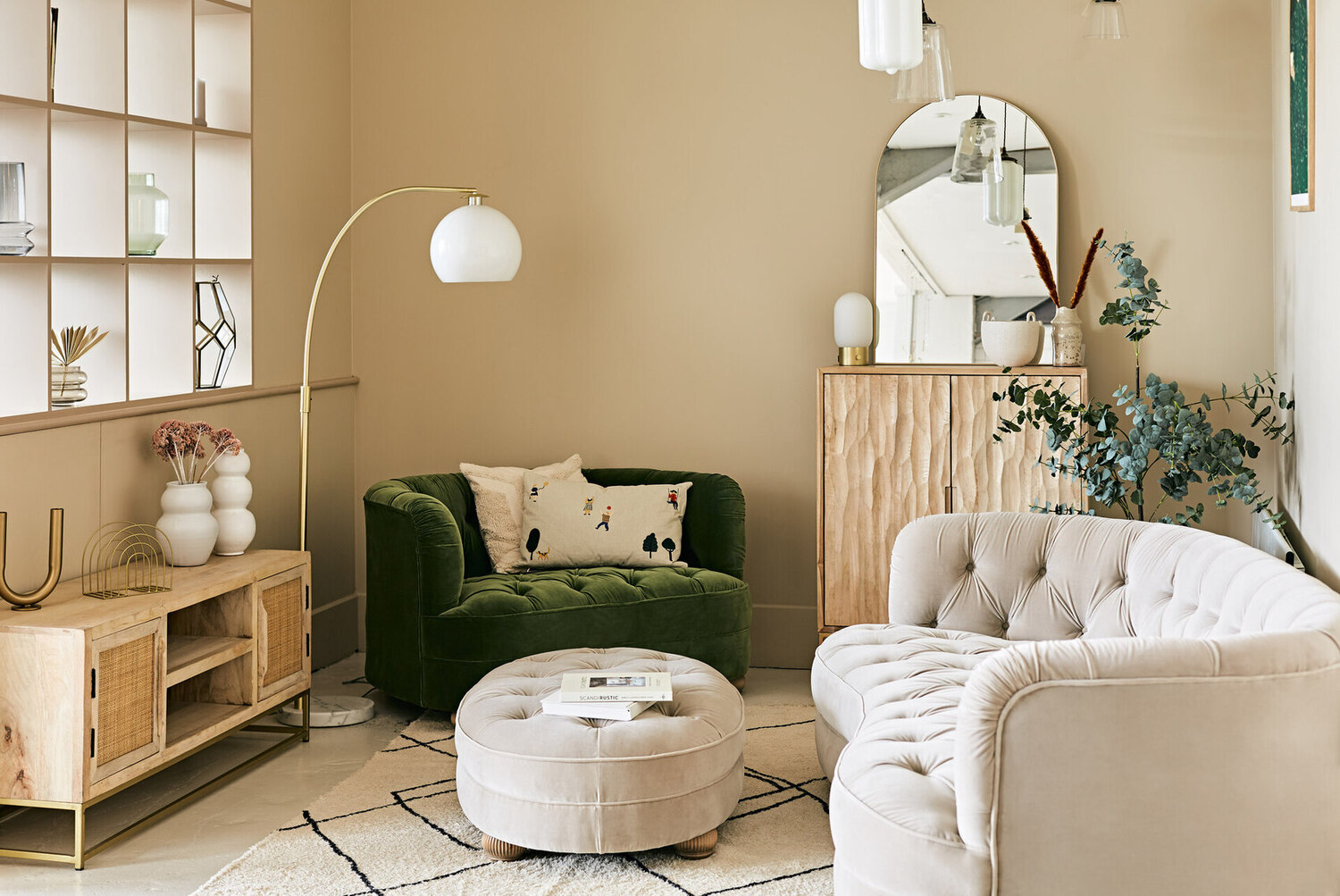
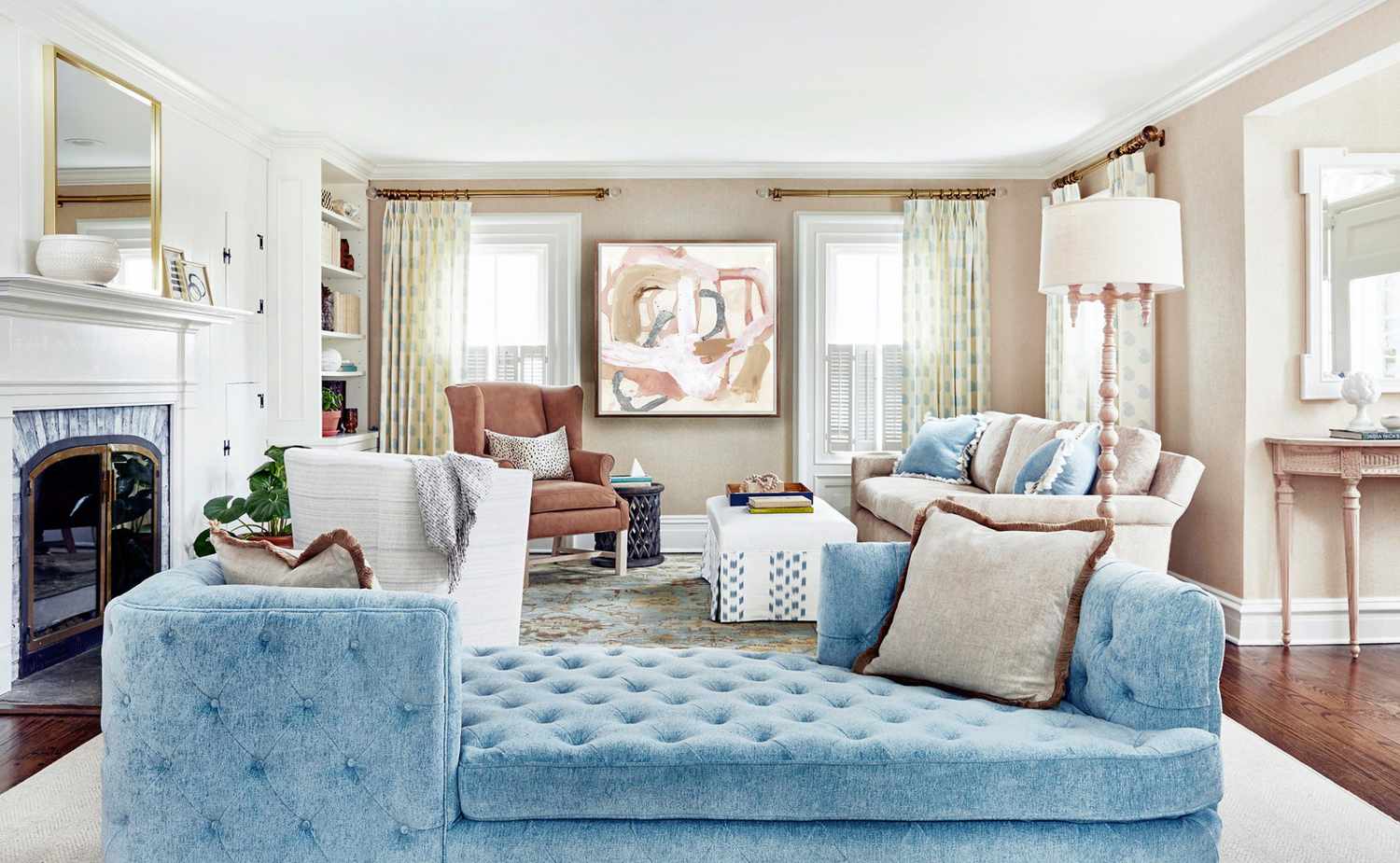
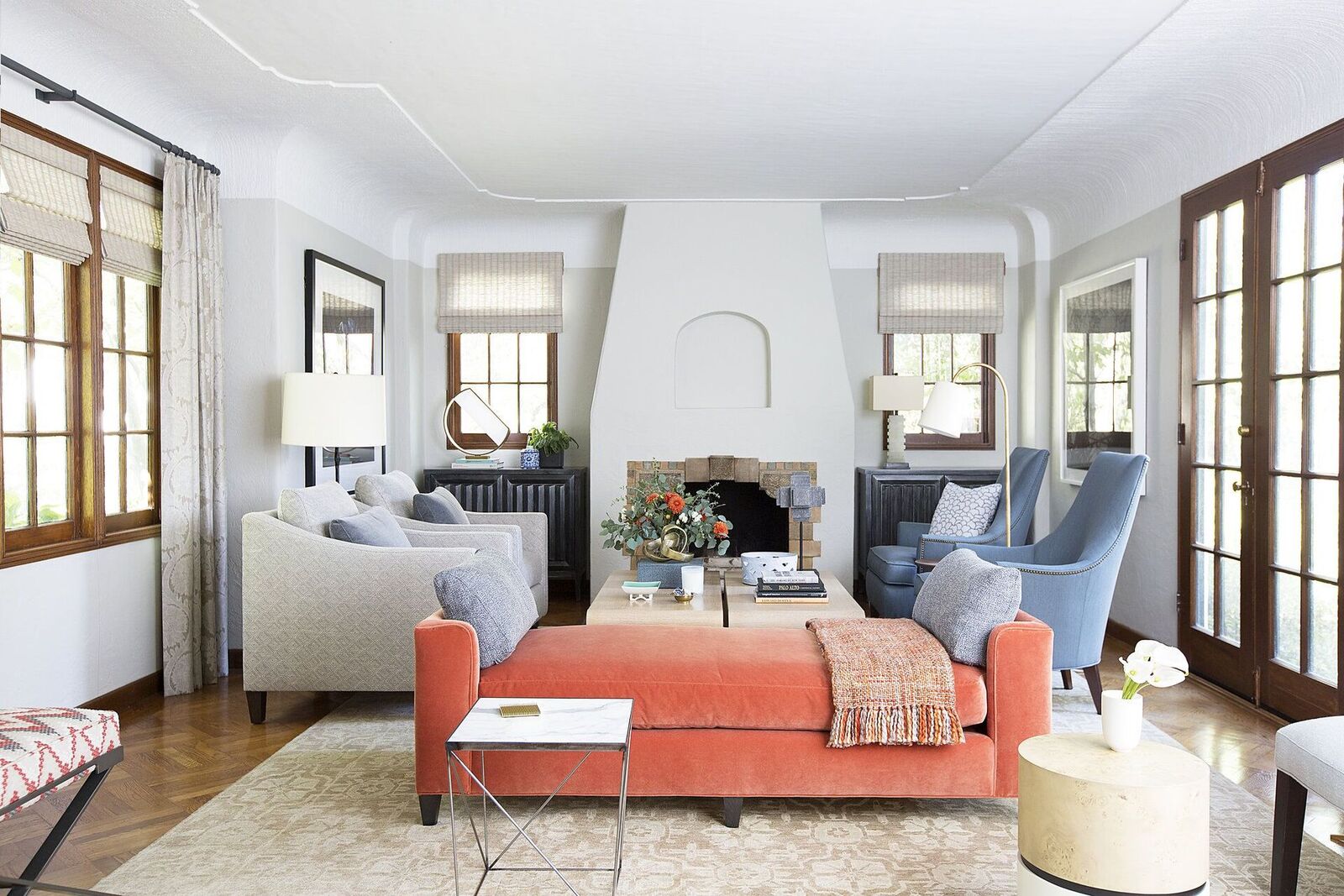
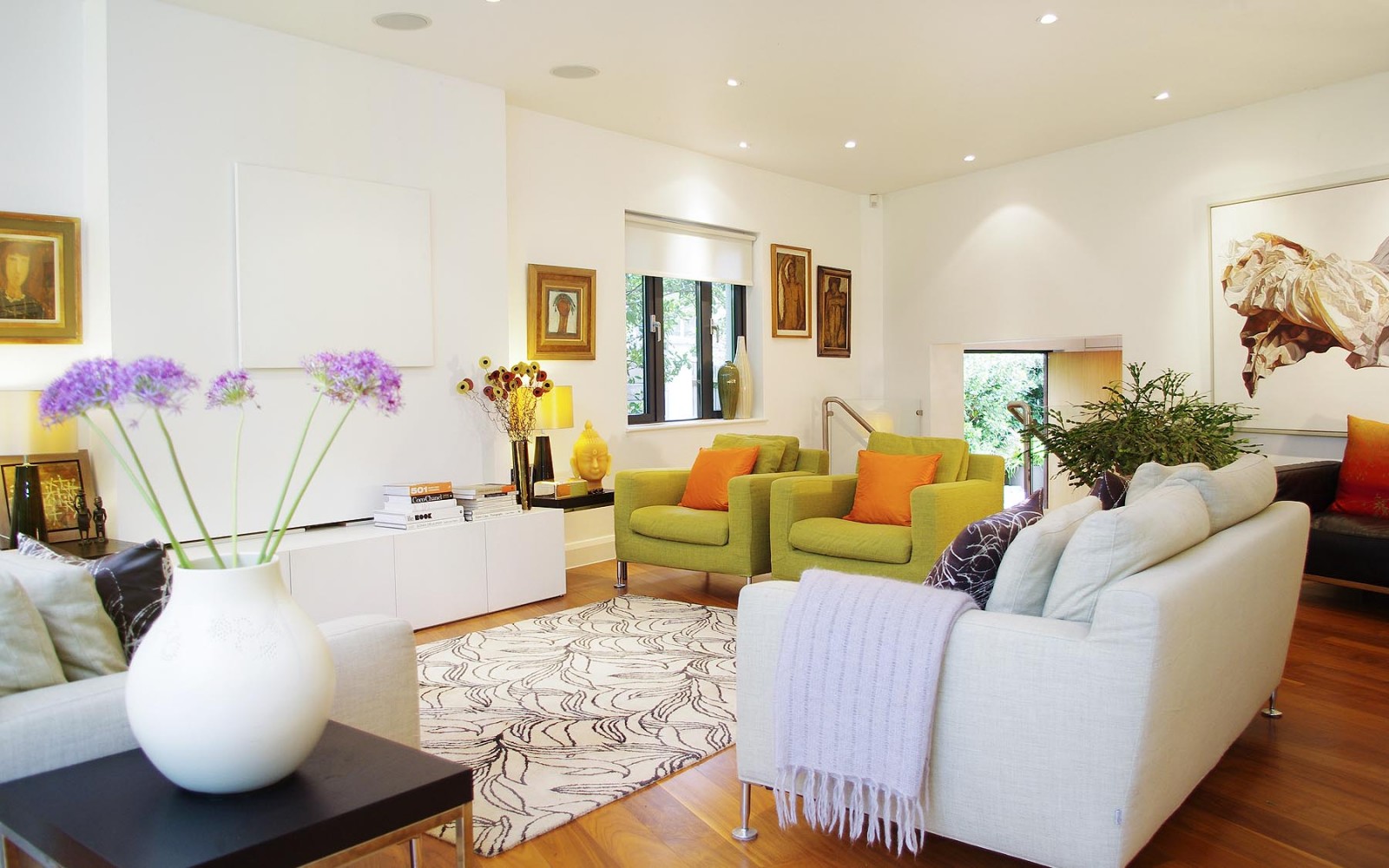
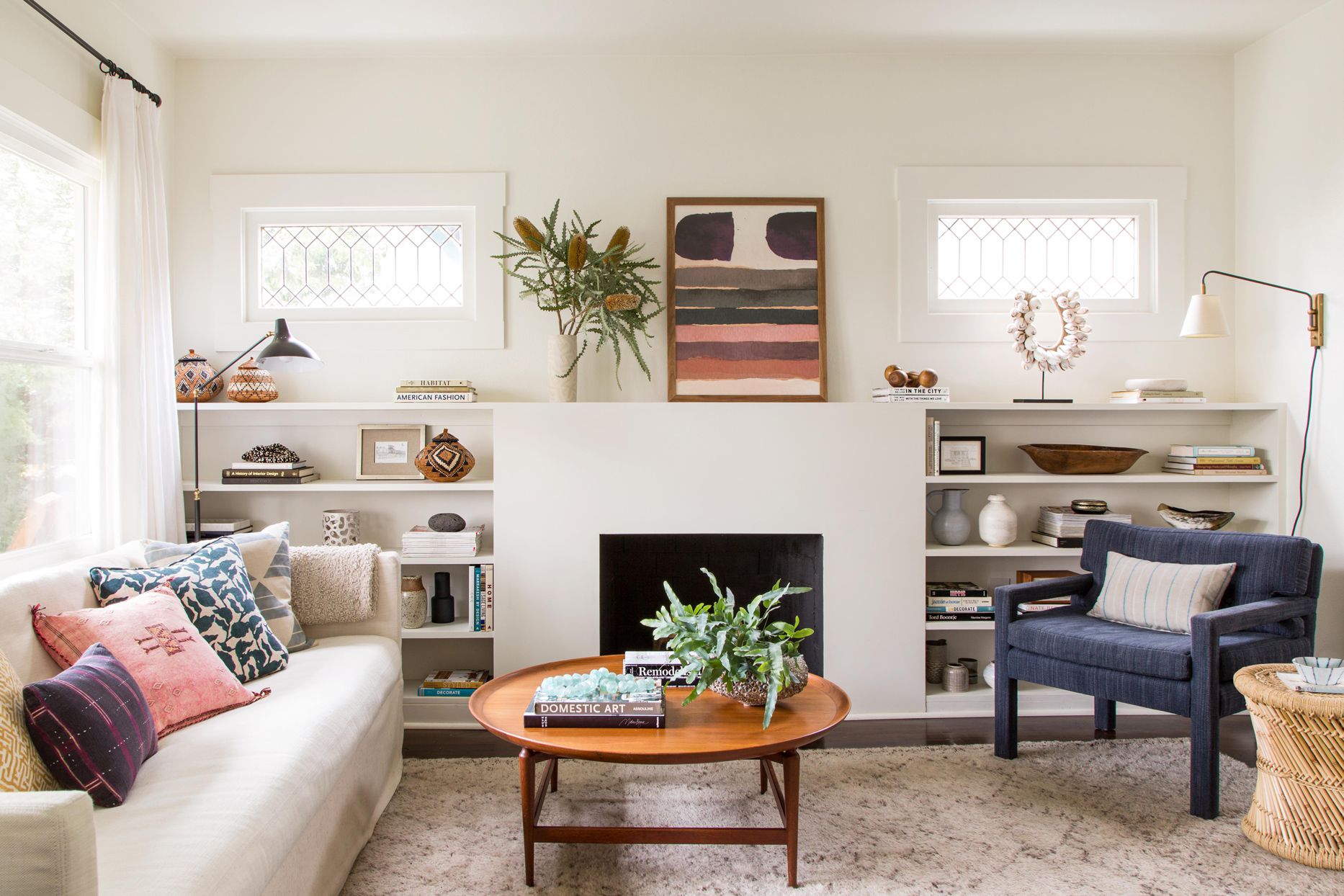
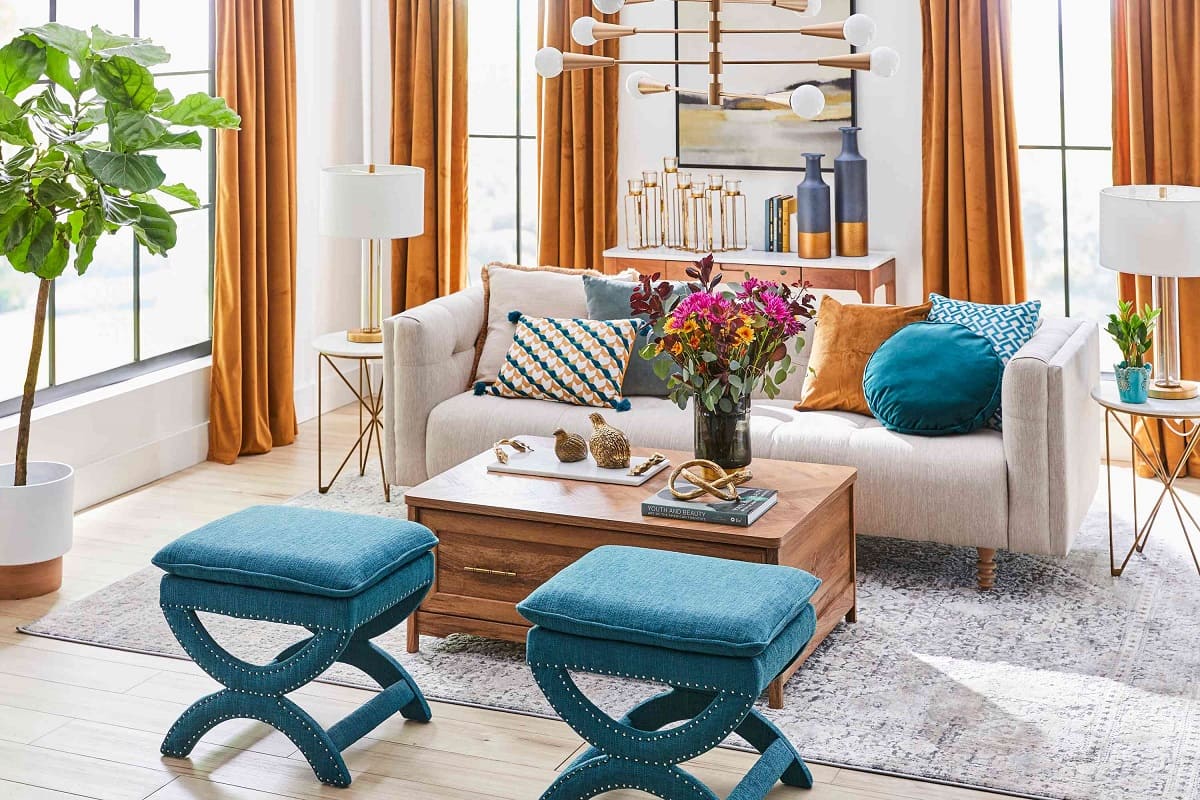
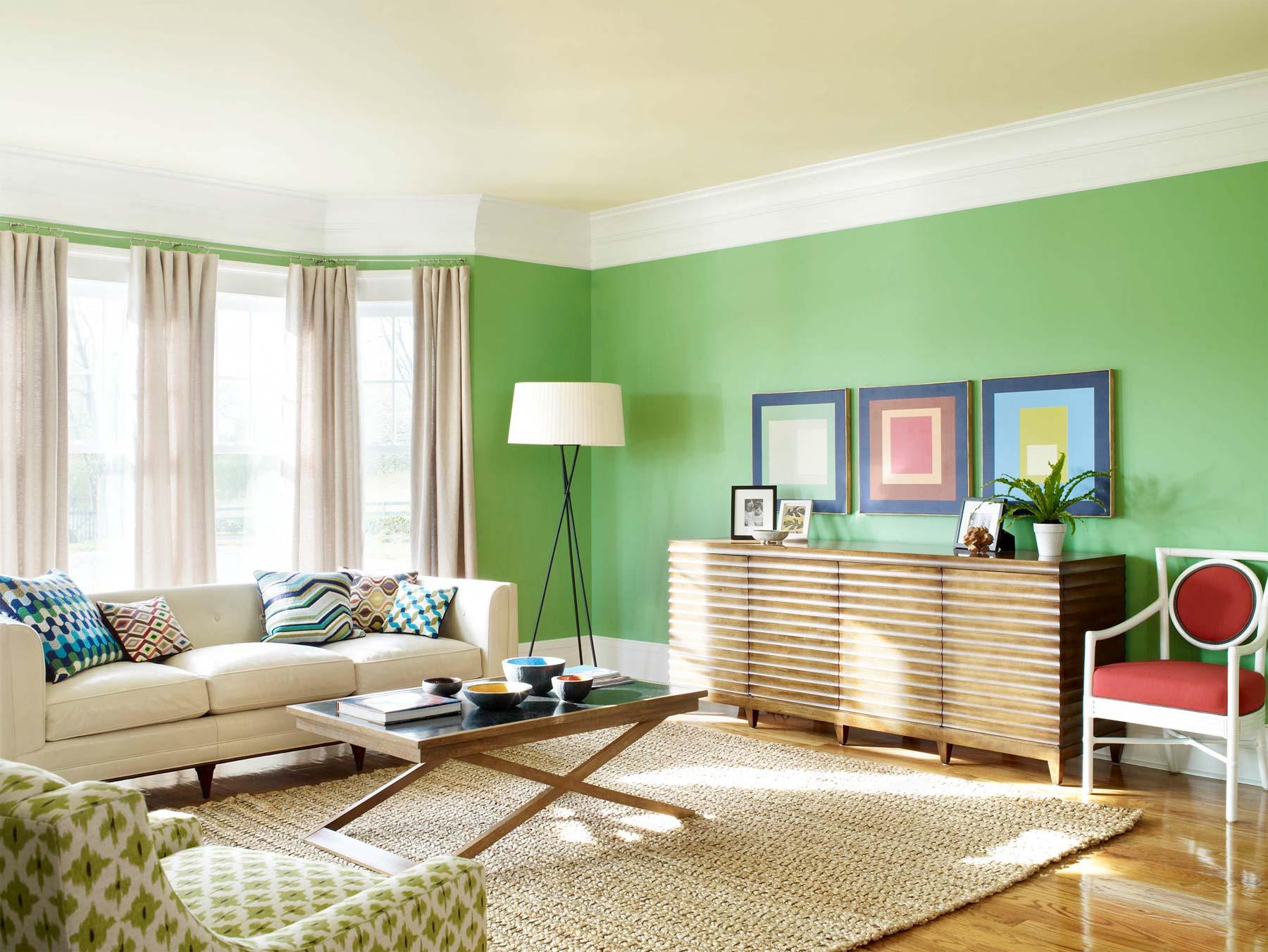
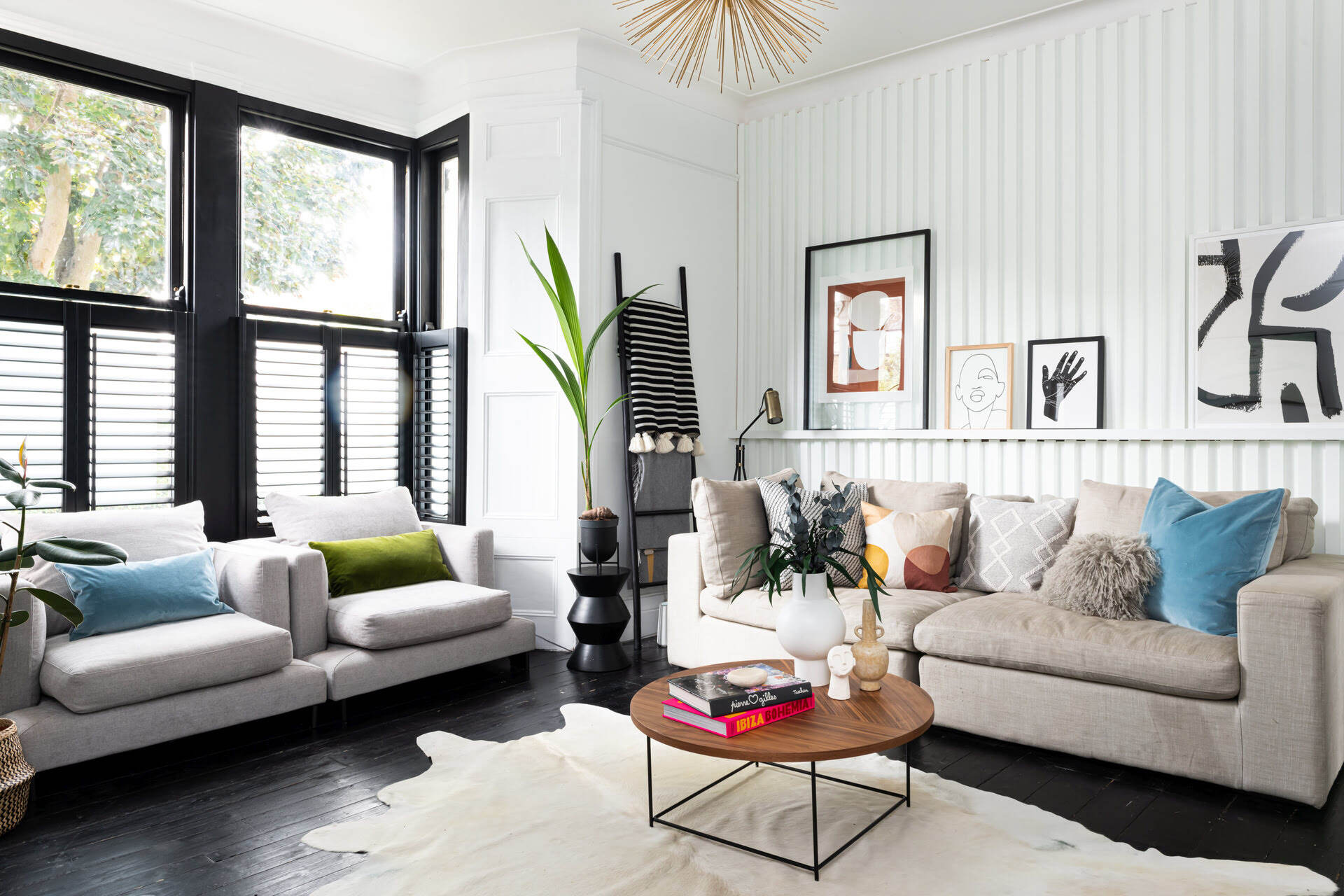
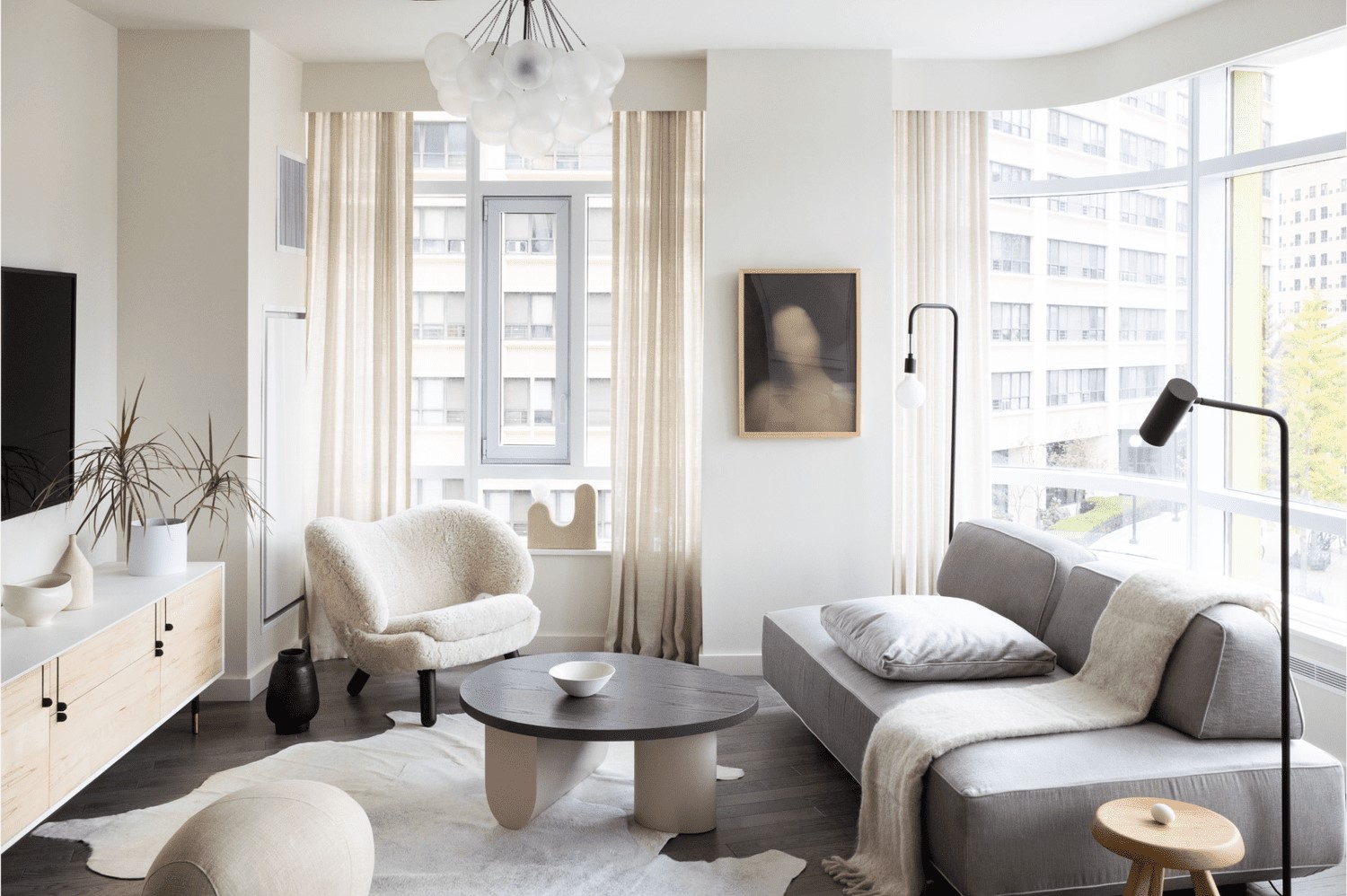
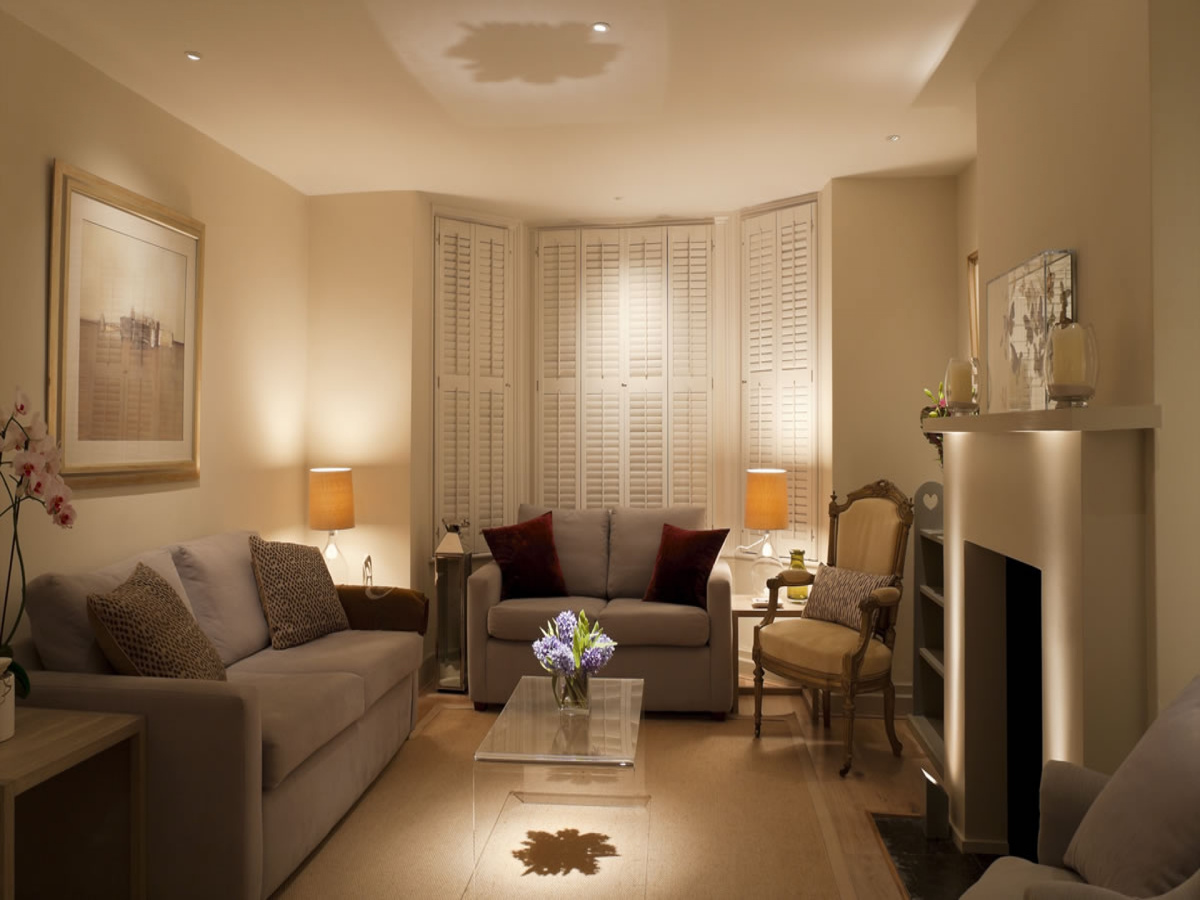
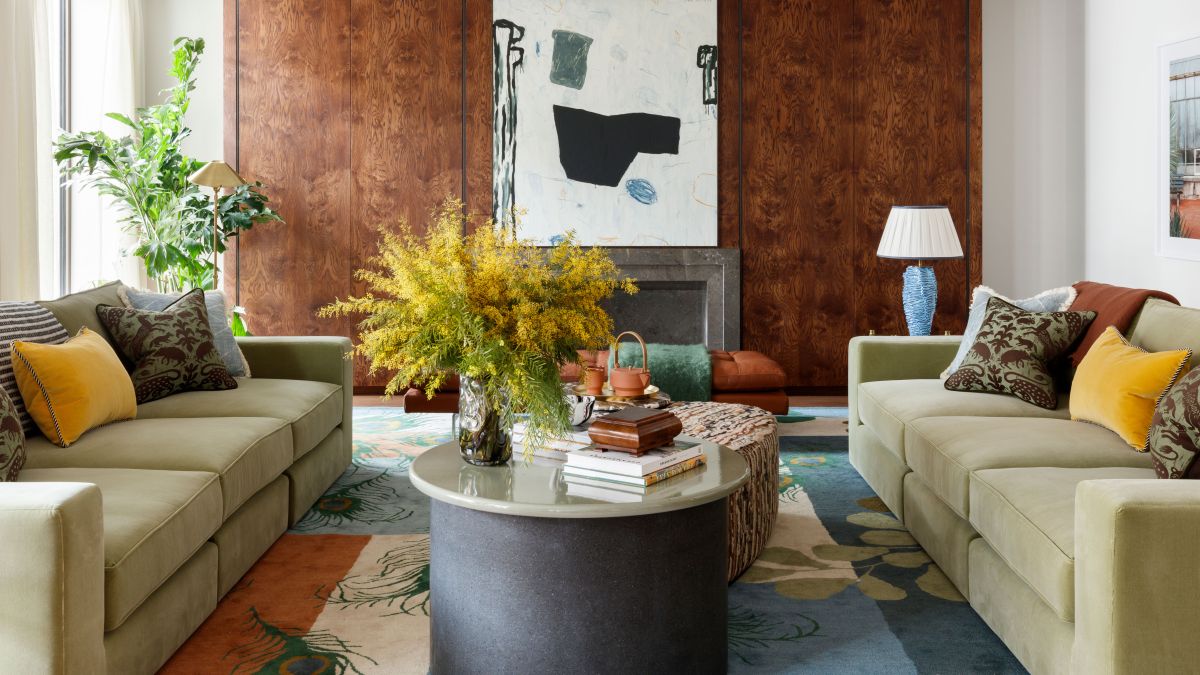
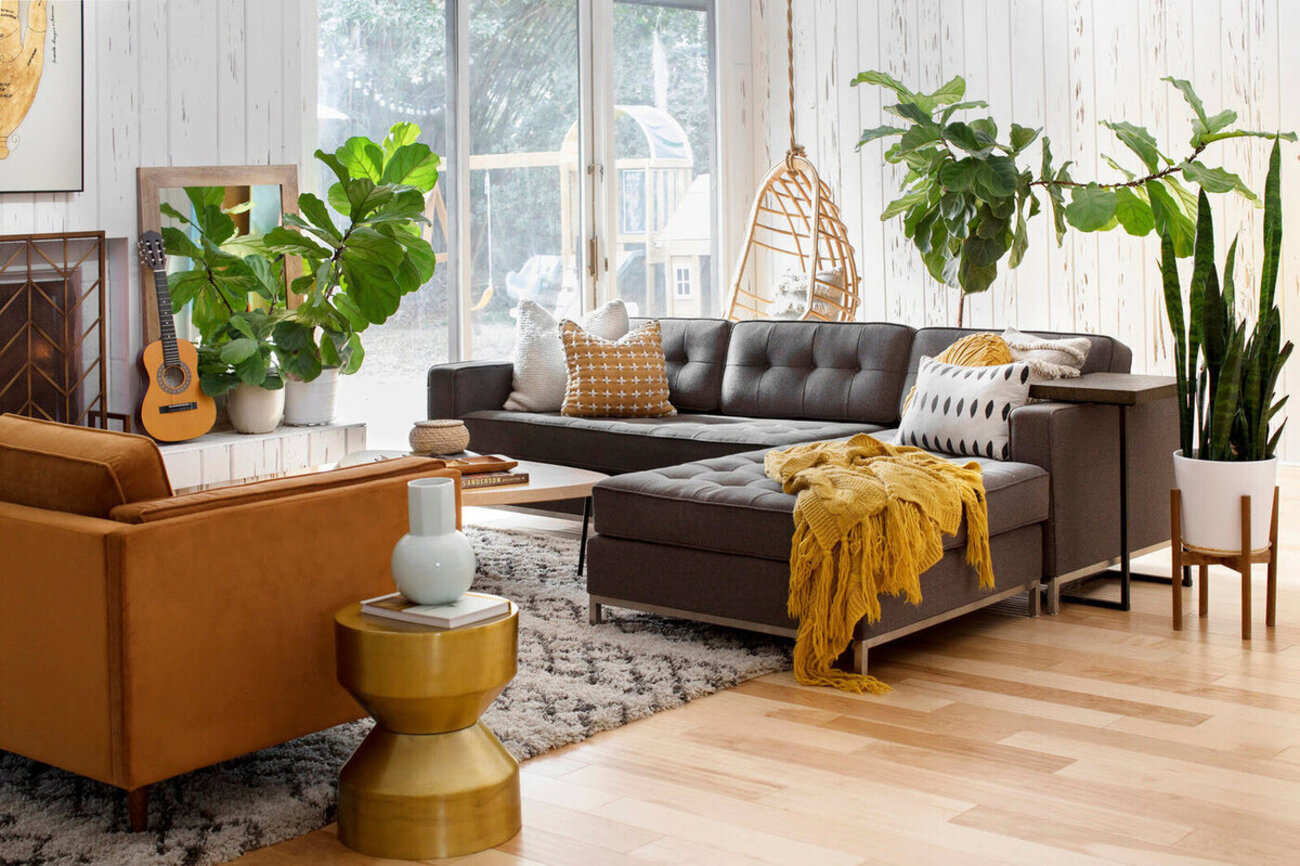
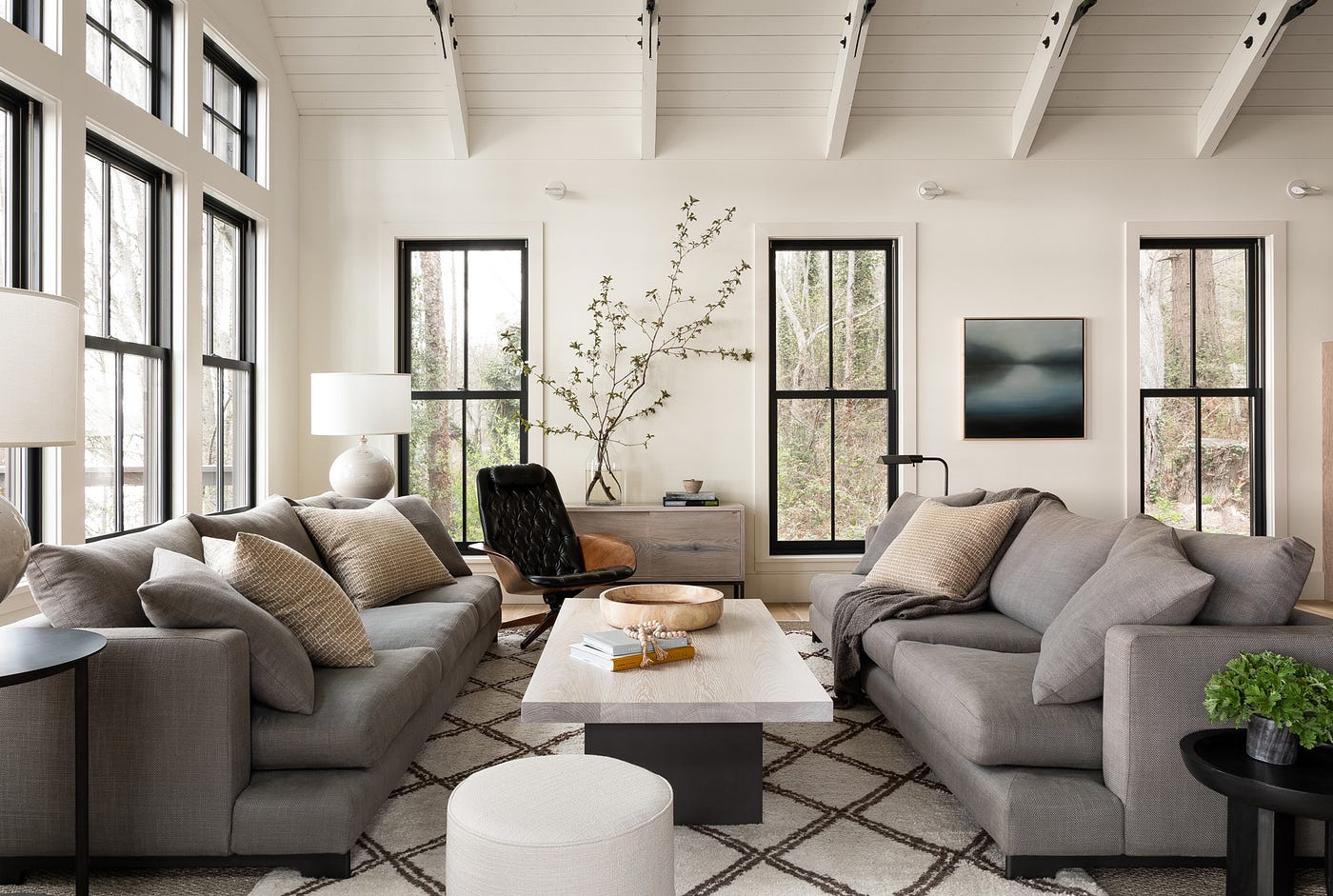
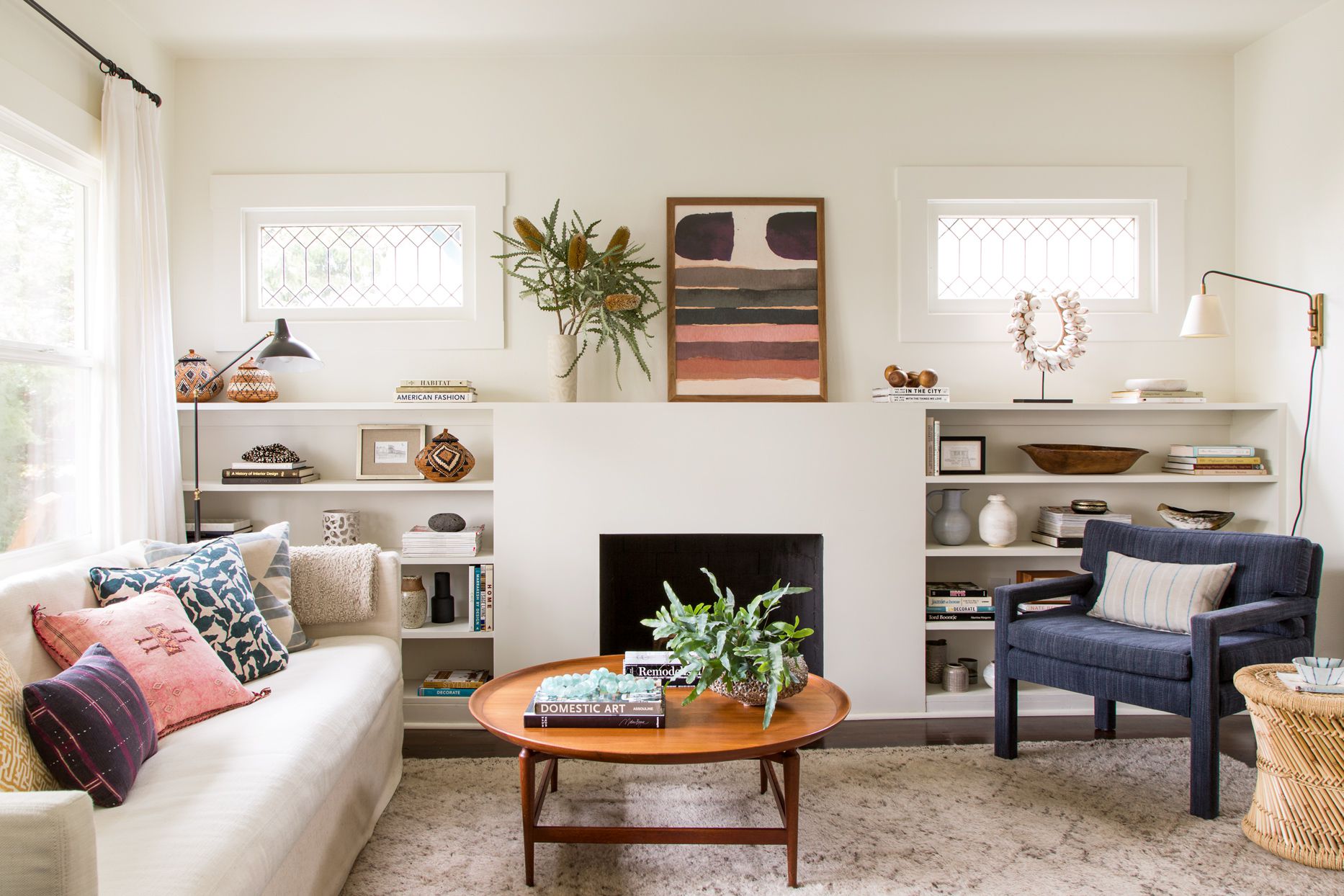

0 thoughts on “How Do I Make The Most Of Space In My Small Living Room?”